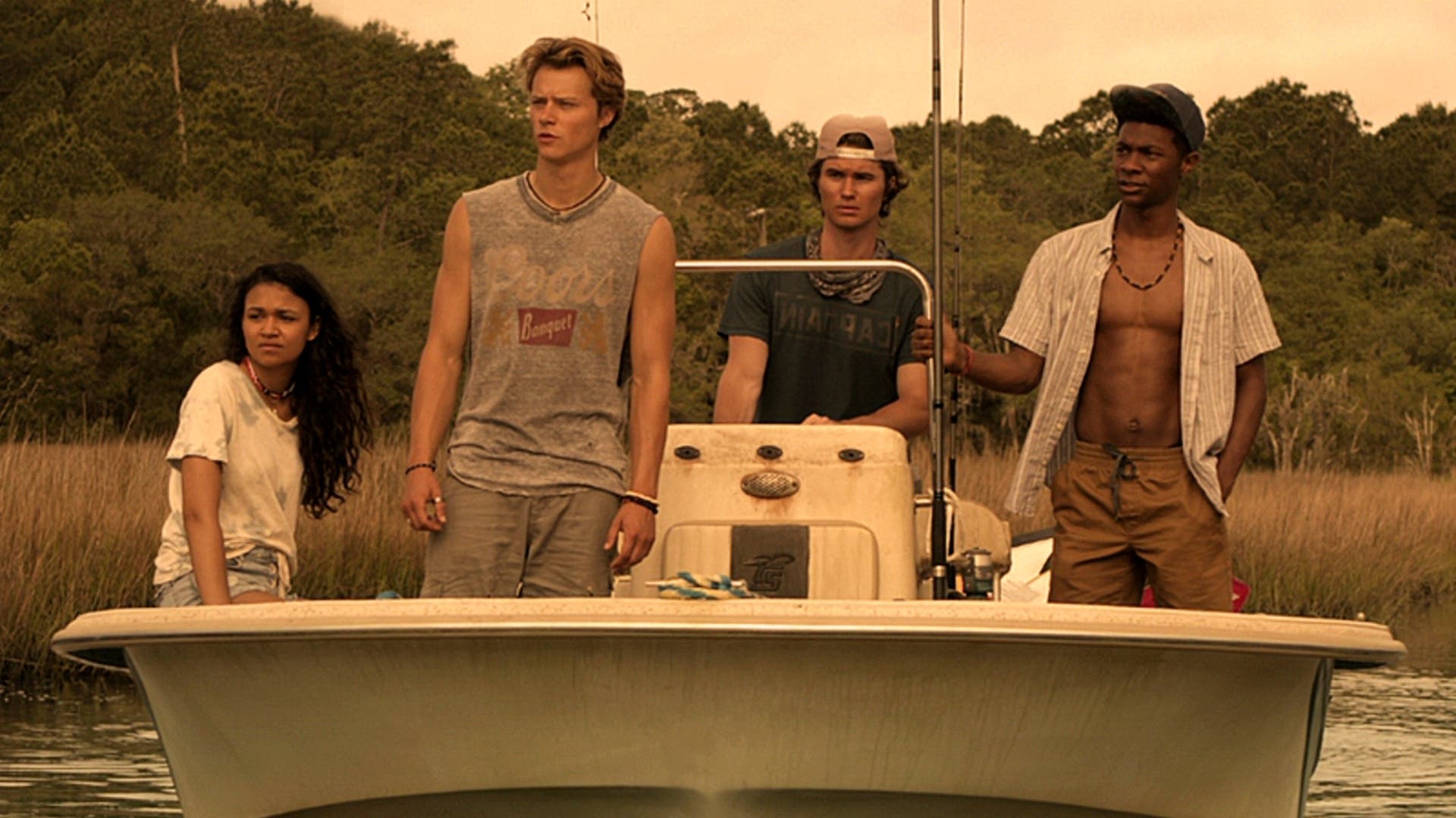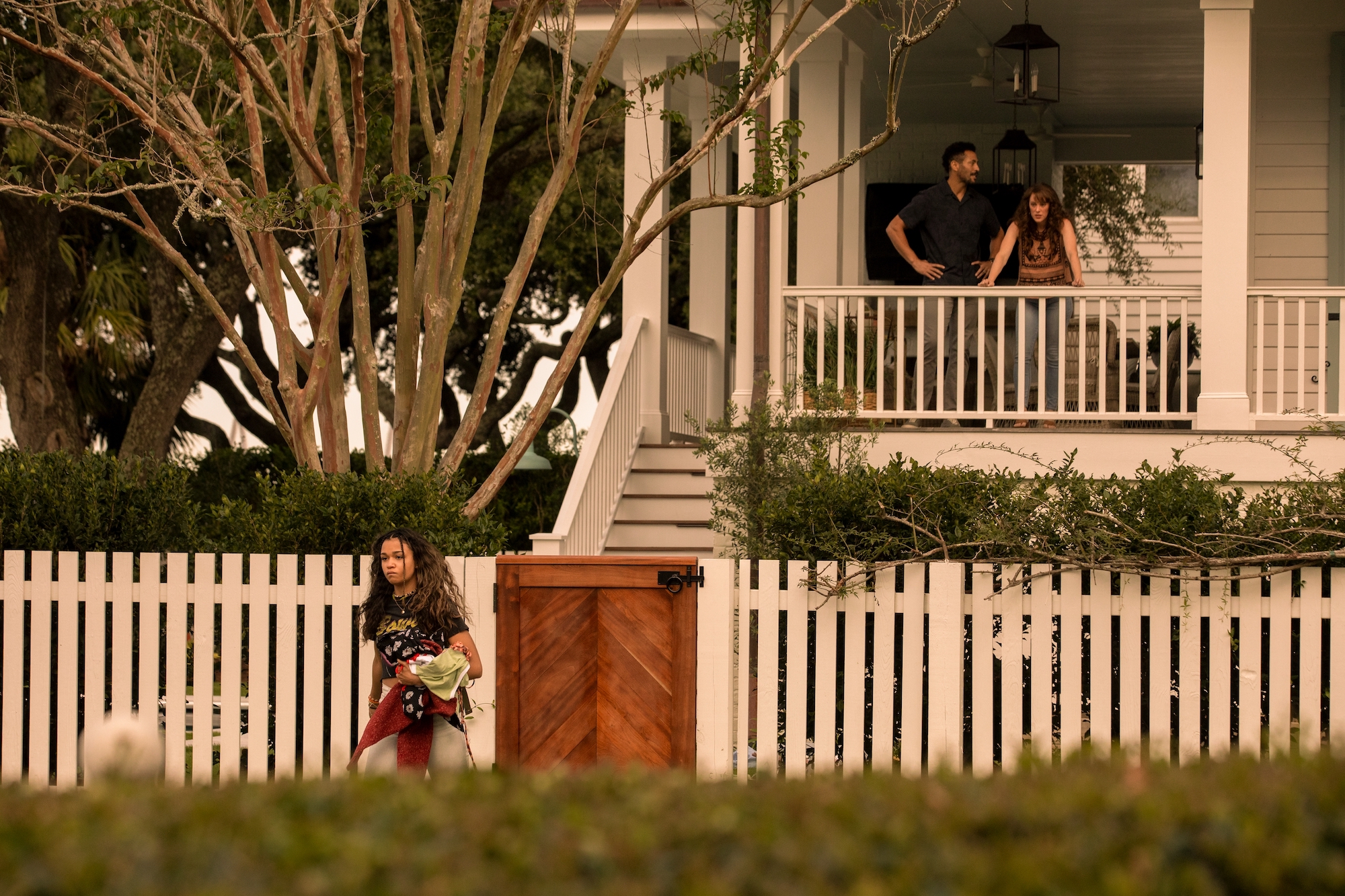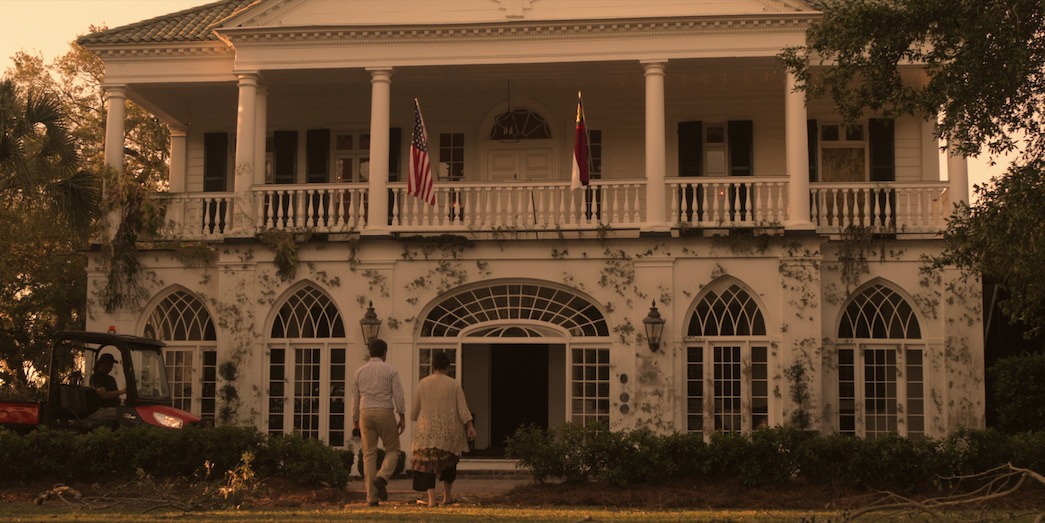Outer Banks Show: Exaggerative Stereotyping or Truth?
By Jazmine Naimee

Two Tribes. One Island.
The kooks are the elite with parents having money. The Pogues are desperate to move up the social ladder to become new versions of themselves and establish new beginnings. It's like Gossip Girl but island style.
Cited from Mens Health
Unearthing the Truth Behind the Show's Portrayal
In the vast realm of TV dramas, where stories can either reflect real-life struggles or drift into tired tropes, Outer Banks made its debut on Netflix in 2020. The show follows a group of working-class teenagers known as the Pogues who reside in the fictional Outer Banks, a coastal region in North Carolina. They become embroiled in a dangerous treasure hunt while simultaneously dealing with the stark divide between the rich and the poor.
As the show gained popularity, it faced criticism for perpetuating stereotypes about coastal communities and romanticizing class divides. In this article, we dive deep into the portrayal of coastal communities in Outer Banks, examining the extent to which it reflects reality and exploring the socioeconomic dynamics at play.
Are Coastal Communities Separated Between Poor and Rich?
One of the central themes in Outer Banks is the separation between the rich and the poor in coastal communities. The show depicts a clear divide between the wealthy inhabitants, known as the kooks, and the working-class residents, known as the Pogues.
While Outer Banks portrays this division in a heightened and dramatic manner for the sake of entertainment, it does touch upon a real issue present in many coastal regions. Coastal areas often attract wealthy individuals who can afford luxurious beachfront properties, creating pockets of affluence. Simultaneously, lower-income individuals may struggle to find affordable housing and face limited economic opportunities.
It is essential to acknowledge that the portrayal in Outer Banks is a fictionalized account, but it draws inspiration from real-world socioeconomic dynamics that exist in coastal communities.
Exploring Socioeconomic Divides and Gentrification Trends: Lessons from "Outer Banks" and Real-World Studies
Socioeconomic Division:
In recent years, the phenomenon of wealth concentration and gentrification has led to socioeconomic divides, impacting both real-world cities and the themes depicted in the TV show "Outer Banks." This blog post combines insights from two studies, one highlighted by CBS News and another reported by Daily Mail to examine the migration patterns of wealthier Americans to coastal cities and the displacement of poorer families to the Rust Belt. By analyzing these trends alongside the narrative of "Outer Banks," we gain a deeper understanding of the consequences of income sorting and the implications for society.
Coastal Wealth Concentration:
According to both studies, a notable trend called "income sorting" reveals that wealthier individuals are increasingly relocating to expensive coastal metropolises, such as New York and Los Angeles. These areas attract young, highly educated professionals who prefer renting over buying homes. As depicted in "Outer Banks," this influx of affluent individuals to coastal towns creates a divide between the economically advantaged and disadvantaged.
Migration Patterns and Economic Disparities:
The studies demonstrate that Americans moving to major coastal cities are generally wealthier than those leaving, while those moving inland tend to have lower incomes. This income divide exacerbates the housing affordability crisis in coastal cities due to high demand and limited supply, pushing out lower-income individuals. Conversely, the Rust Belt, including cities like Detroit and Cleveland, experiences an influx of poorer families who earn less than those leaving the region. These migration patterns portrayed in "Outer Banks" resonate with the real-world findings, highlighting the widening gap between the haves and have-nots.
Implications for Economic Opportunities:
The consequences of income sorting extend beyond housing markets. As depicted in both studies and "Outer Banks," affluent individuals migrating to major metropolitan areas often bring multiple earners within their households, making the city lifestyle more attainable. Meanwhile, the departure of educated individuals from regions like the Rust Belt creates a brain drain, hindering the establishment of knowledge-based economies and job creation. These dynamics perpetuate the economic divide and reinforce the challenges faced by less advantaged regions.
Income Inequality and Polarization:
The studies, along with the narrative of "Outer Banks," shed light on income inequality as a prevalent issue in society. The concentration of wealth in coastal cities leads to labor shortages in low-paid service industries, while the declining prospects in less affluent regions fuel frustration and anger among residents. This polarization, both politically and economically, becomes a significant concern for society as a whole.
Relevant Photo Findings in The Show












My Reflection and Thoughts
As an avid viewer of "Outer Banks," I believe that while the portrayal of the divide between the rich and the poor may be exaggerated for entertainment purposes, it is undeniable that coastal regions often exhibit economic disparities. The show serves as a reminder of the need for social and economic equity. It prompts us to question the structures that perpetuate such divides and pushes for conversations about creating more inclusive and accessible communities. "Outer Banks" has sparked discussions about class issues, wealth gaps, and the importance of social mobility. By exploring these topics, the show has the potential to raise awareness and inspire action. While it may not provide a precise representation of specific coastal communities like New York or Los Angeles, its portrayal of broader social and economic issues offers valuable insights. It acts as a catalyst for reflection, encouraging viewers to think critically about real-world problems and engage in meaningful discussions on wealth inequality, privilege, and the influence of social class. By recognizing the show's fictional nature and exaggerated elements, we can appreciate its entertainment value while leveraging its potential to stimulate awareness and positive change.
References
- Source 3: CBS News-Coastal American Migration
- Source 4: Dailymail -Poor moving inland-Rich head to coasts